When it comes to understanding your body and health, two simple numbers can make a big difference — your BMI (Body Mass Index) and your age. Together, they tell you how your body is doing, how fit you are, and what steps you can take to stay youthful and energetic.
Whether you’re starting a new Workout for Women routine, exploring Anti-Aging Exercises, or just trying to manage stress, knowing your BMI and age can guide you toward better health and balance.
What Is BMI and Why Does It Matter
Your Body Mass Index (BMI) is a calculation based on your height and weight. It helps you understand whether you are underweight, at a healthy weight, overweight, or obese.
The Formula for BMI:
BMI = Weight (kg) ÷ Height (m²)
For example, if you weigh 65 kg and your height is 1.7 meters:
BMI = 65 ÷ (1.7 × 1.7) = 22.5
That’s a healthy BMI range!
BMI Categories
| BMI Range | Category | Description |
| Below 18.5 | Underweight | You may need more nutrients and strength training |
| 18.5–24.9 | Normal | Healthy balance of weight and height |
| 25–29.9 | Overweight | Consider more movement and diet balance |
| 30 and above | Obese | Higher risk of heart and metabolic issues |
Understanding where you stand helps you make informed lifestyle choices.
Why Age Calculation Is More Than Just a Number
Knowing your exact age isn’t just about birthdays — it’s about understanding your biological stage and planning for health accordingly.
Your Age Calculator tells you how many years, months, and days you’ve lived, but it also helps you recognise the right exercises, diets, and stress management techniques for your stage of life.
For instance:
- In your 20s: Focus on fitness and muscle tone.
- In your 30s: Balance workout for women or men with career and family responsibilities.
- In your 40s and beyond: Focus on anti-aging exercises, flexibility, and heart health.
How BMI and Age Work Together
As you age, your body composition changes. Muscle mass tends to decrease, while fat storage increases — even if your weight doesn’t change much. That’s why BMI and age together provide a clearer picture of your health.
For example:
- A BMI of 25 might be fine for a 25-year-old athlete but risky for a 50-year-old office worker.
- Similarly, two people with the same BMI might have completely different health profiles based on their age and lifestyle.
That’s why it’s useful to track both your BMI and age using online BMI calculators — they help you adjust your fitness and nutrition plans accordingly.

How to Maintain a Healthy BMI at Any Age
Here are some practical ways to stay within a healthy BMI range as you age:
1. Eat Balanced Meals
Focus on whole foods — fruits, vegetables, lean proteins, and whole grains. Avoid processed sugar and high-sodium snacks.
2. Stay Active
Regular workouts improve metabolism and muscle tone. If you’re new to fitness, start with low-impact anti-aging exercises like:
- Yoga and Pilates
- Brisk walking
- Light strength training
- Swimming
These improve posture, flexibility, and bone strength without straining joints.
3. Stress Less, Move More
Stress can increase belly fat and mess up your BMI over time. Meditation, deep breathing, and outdoor walks are powerful stress relievers.
Learn more about managing stress and mental health in our Stress Relief and Mindfulness Guide.
4. Monitor Regularly
Check your BMI and age calculator results every few months. Tracking progress helps you notice positive changes early.

Anti-Aging Workouts for a Healthy Weight
As we age, maintaining a normal weight becomes more challenging due to a slower metabolism and lifestyle changes. But combining the right anti-aging exercises with a balanced diet can help you stay active, manage stress, and prevent unwanted weight gain.
Below are five powerful exercises that not only help in weight control but also improve strength, posture, and overall health — all key factors in aging well.
1. Yoga – Balance Your Body, Mind, and Weight
Yoga is a gentle yet powerful way to build flexibility, improve posture, and manage stress, which directly affects your body weight. When you’re stressed, cortisol levels rise, leading to fat storage — especially around the abdomen. Yoga helps keep both your mind and weight in balance.
Why It Works:
- Promotes mindful breathing and reduces emotional eating
- Enhances digestion and metabolism
- Tones muscles and supports long-term fat control
- Calms the mind, reducing anxiety-related weight gain
Healthy Tip:
Pair your yoga routine with a light, whole-food diet — think leafy greens, fruits, nuts, and lean proteins. It helps your body recover faster and maintain a steady weight.
2. Brisk Walking – Burn Calories and Boost Energy
Walking is one of the simplest anti-aging exercises for managing weight at any age. It’s low-impact, easy on joints, and effective in improving heart health. Just 30 minutes of brisk walking daily can make a noticeable difference in how your body stores and burns fat.
Why It Works:
- Burns calories without exhausting your body
- Boosts metabolism and energy throughout the day
- Improves circulation and cardiovascular health
- Reduces belly fat and promotes better sleep
Healthy Tip:
Take a 10–15 minute walk after meals to aid digestion and prevent fat buildup. Combine it with a balanced diet rich in fibre and hydration for faster results.
3. Strength Training – Build Muscle, Burn Fat
After your 30s, muscle mass naturally decreases — which slows metabolism and leads to weight gain. Strength training helps reverse that by building lean muscle, which burns more calories even while resting.
Why It Works:
- Builds muscle tone and improves metabolism
- Increases calorie burn throughout the day
- Supports bone density and joint stability
- Reduces visible signs of aging by improving posture and strength
Healthy Tip:
Start with light weights or resistance bands. Combine this workout with protein-rich meals (like eggs, fish, or lentils) to repair muscles and keep your weight in check.
4. Pilates – Strengthen Core and Improve Posture
Pilates focuses on controlled movements that strengthen the core, improve flexibility, and enhance balance — all crucial for maintaining a healthy body weight as you age. A strong core supports your spine and helps prevent midsection fat accumulation.
Why It Works:
- Strengthens abdominal muscles and improves body alignment
- Helps tone your midsection and reduce waist size
- Enhances body awareness, which supports mindful eating
- Improves mobility and posture for all age groups
Healthy Tip:
Pair your Pilates sessions with nutrient-dense meals like oats, yogurt, and fresh fruits. A light diet supports energy without adding unnecessary calories.
5. Glute Bridge – Tone Lower Body and Boost Metabolism
The glute bridge targets your hips, glutes, and lower back — areas that tend to weaken with age or a sedentary lifestyle. Strengthening these muscles not only shapes your lower body but also boosts metabolism, helping you burn more fat over time.
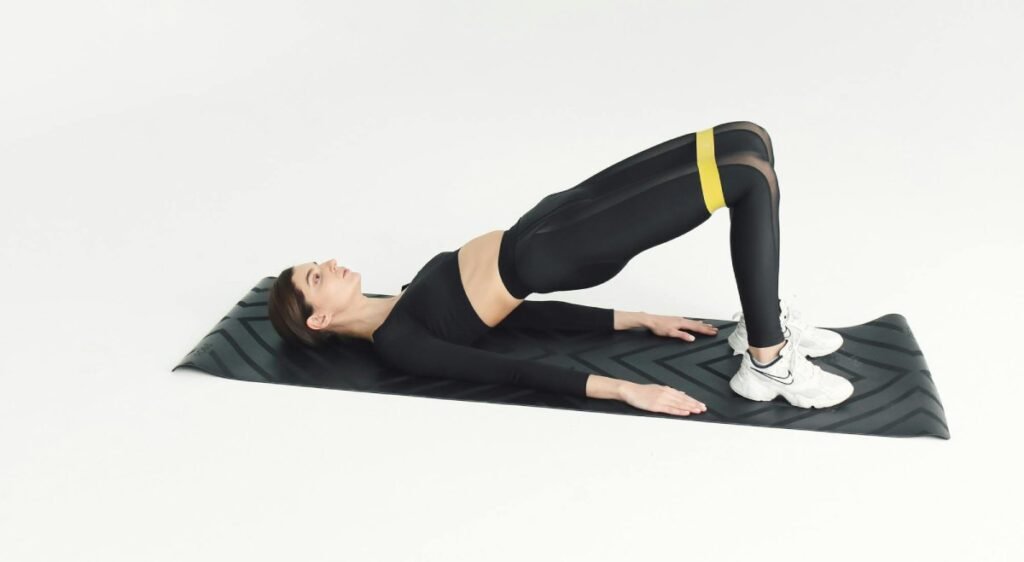
Why It Works:
- Activates large muscle groups that burn more calories
- Improves circulation and spinal alignment
- Tones the hips and thighs, reducing fat storage
- Enhances mobility and balance
Healthy Tip:
Do 2–3 sets of 15 bridges daily, and complement this with fiber-rich meals like vegetables, grains, and plenty of water. It supports healthy digestion and fat metabolism.
To learn how this exercise transforms your lower body, read our Glute Bridge Benefits for Women Guide.
Nutrition Tip: Eat Well, Age Well
No workout is complete without the right nutrition. A healthy diet ensures your body gets the fuel it needs to recover, rebuild, and stay in shape. Focus on:
- Lean proteins (chicken, fish, eggs, lentils)
- Whole grains and fibre-rich foods
- Healthy fats (avocado, olive oil, nuts)
- Fresh fruits and vegetables for vitamins and antioxidants
Drink enough water and limit processed sugar, salt, and alcohol. A balanced diet amplifies the results of your anti-aging exercises, helping you maintain a normal BMI and stay active at any age.
Workout for Women: Age-Smart Fitness Tips
Women’s bodies go through hormonal changes that impact metabolism and weight. Here’s how to adapt your workout by age:
- 20s: Focus on building lean muscle and stamina. Try HIIT and strength training.
- 30s: Balance cardio with flexibility-focused exercises.
- 40s+: Prioritise joint-friendly workouts like swimming, yoga, and resistance bands.
- 50s and beyond: Gentle strength workouts to maintain bone density and mobility.
Consistency is key — even 30 minutes a day can make a big difference.
How Stress Affects Your BMI and Aging
Chronic stress triggers cortisol — a hormone that increases appetite and fat storage, especially around the abdomen. It also accelerates aging at the cellular level.
To combat stress:
- Practice meditation or breathing exercises daily.
- Sleep 7–8 hours regularly.
- Limit caffeine and screen time before bed.
A calm mind helps maintain a healthy BMI and slows down aging naturally.
How to Use Online BMI and Age Calculators
Using these tools is simple and effective:
- Enter your height and weight into the BMI Calculator.
- Check your BMI score and note your category.
- Enter your date of birth into the Age Calculator.
- Get your precise age in years, months, and days.
- Use both results to set realistic health and fitness goals.
For instance, if you find your BMI slightly high for your age group, you can tailor your workouts or diet to balance it.

Why Monitoring BMI and Age Is Essential for Long-Term Health
Regularly checking your BMI and age:
- Encourages self-awareness about your health.
- Helps track fitness progress.
- Identifies potential risks early.
- Motivates you to follow healthier lifestyle habits.
It’s not about perfection — it’s about progress and prevention.
Your Next Step to a Healthier You
Your health journey starts with understanding your body — not comparing it.
A simple BMI and age check can open your eyes to what your body needs. Combine it with daily anti-aging exercises, a mindful diet, and stress control to look and feel your best at any age.
Remember, you can’t control the years, but you can control how gracefully you live them. Read the full guide on Body Mass Index (BMI) and how it helps track your healthy weight journey
FAQs: BMI and Age Calculator
- What is a healthy BMI range?
A BMI between 18.5 and 24.9 is considered healthy for most adults. - Can BMI be inaccurate?
Yes. BMI doesn’t consider muscle mass or bone density, so athletes might have a high BMI but low fat. - How often should I check my BMI and age?
Every 3–6 months is ideal to track lifestyle changes. - Do anti-aging exercises really work?
Absolutely. Regular movement boosts blood flow, strengthens muscles, and helps your skin and mind stay youthful. - Does stress affect my BMI and aging?
Yes. Chronic stress can raise cortisol, leading to weight gain and faster aging.

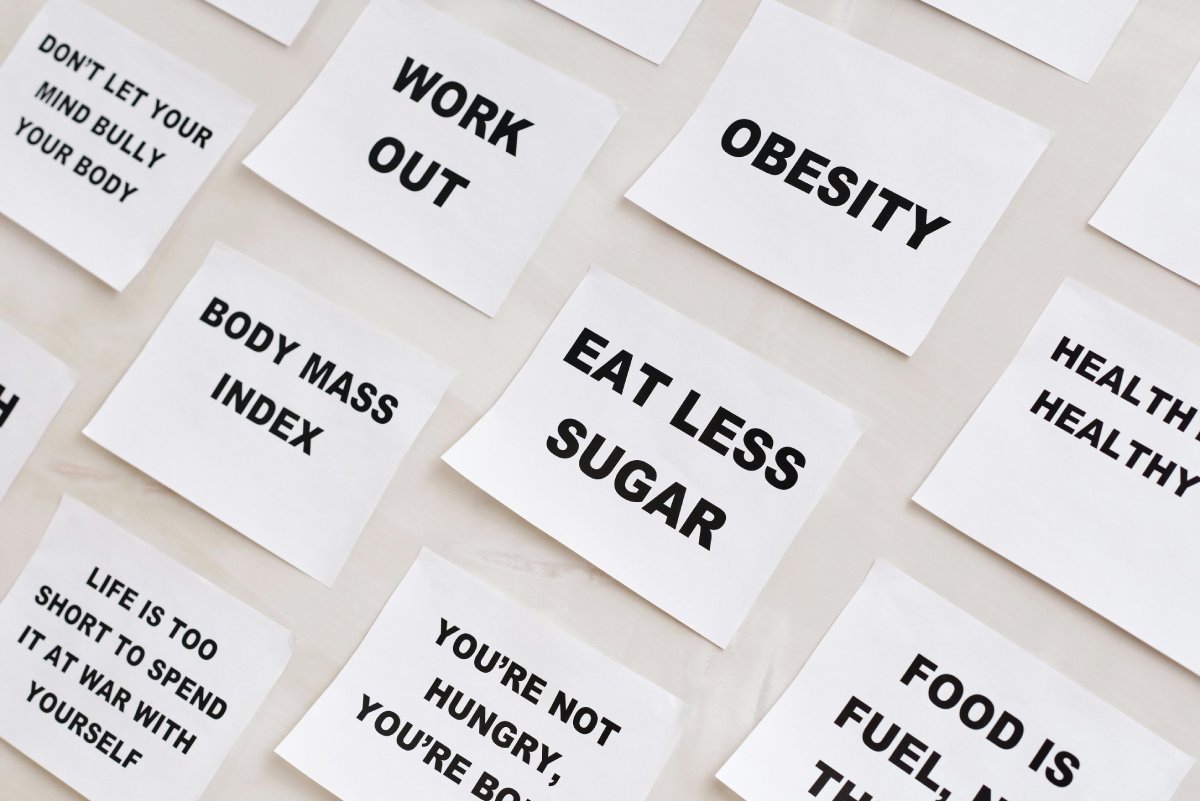
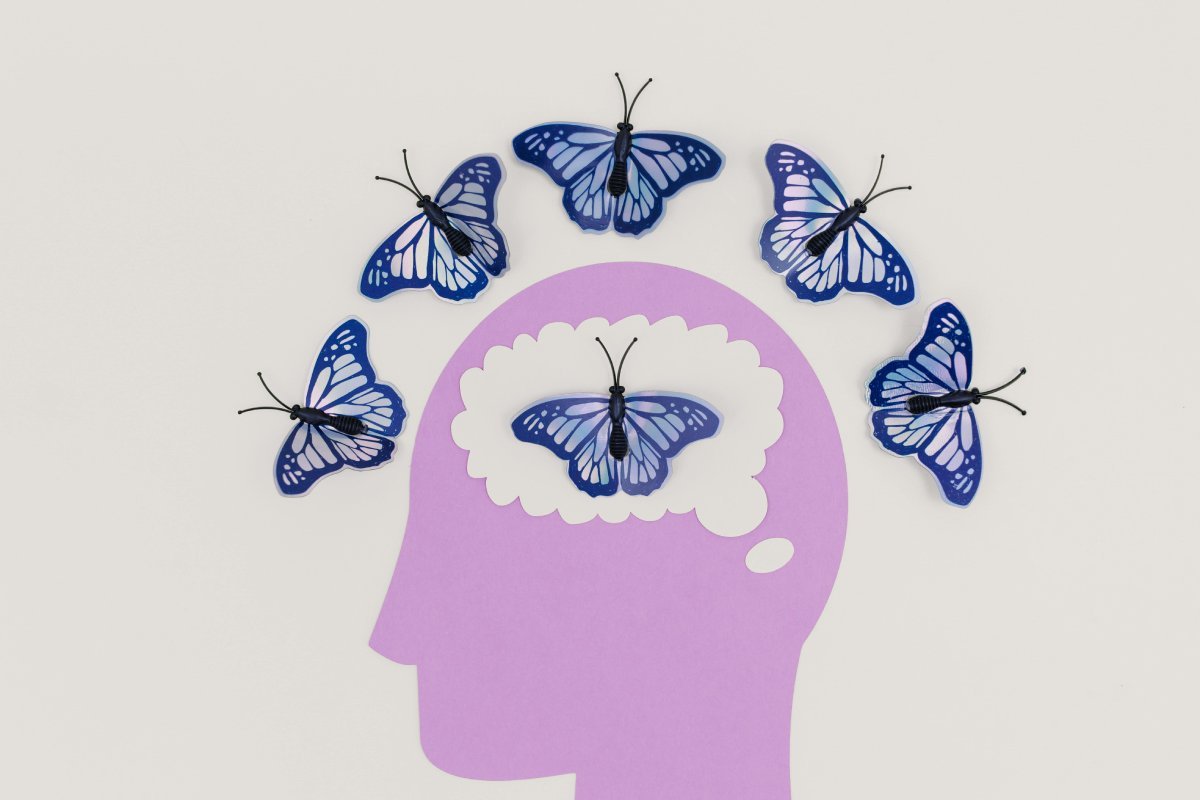

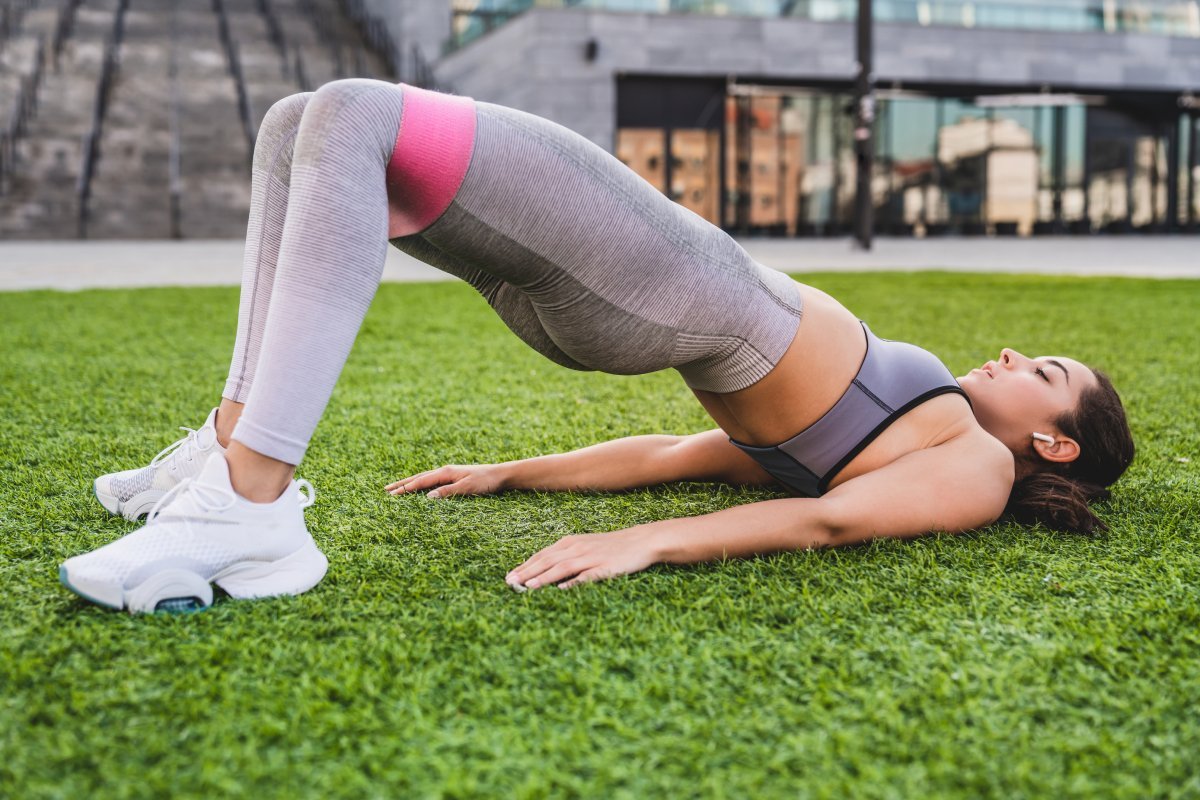





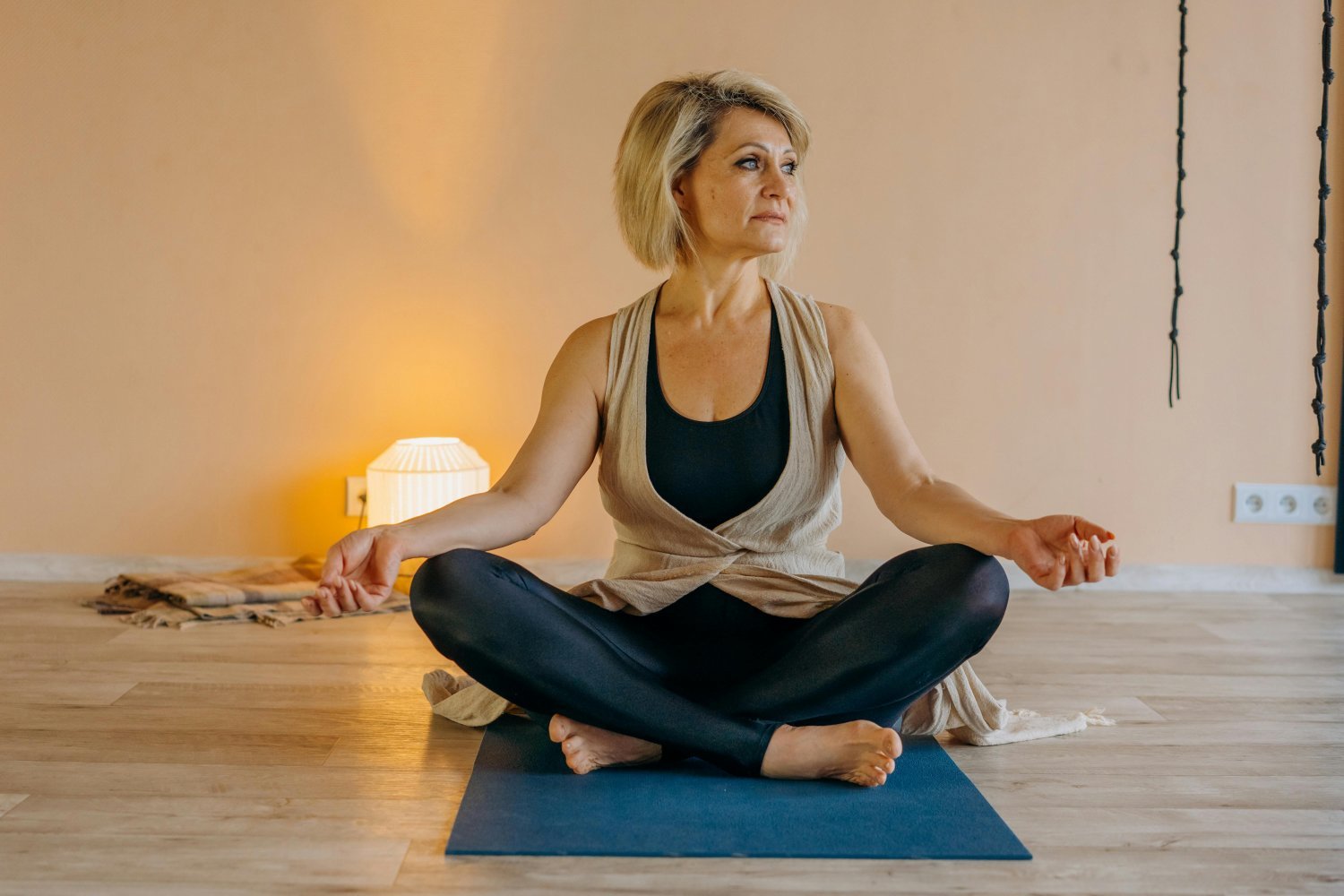
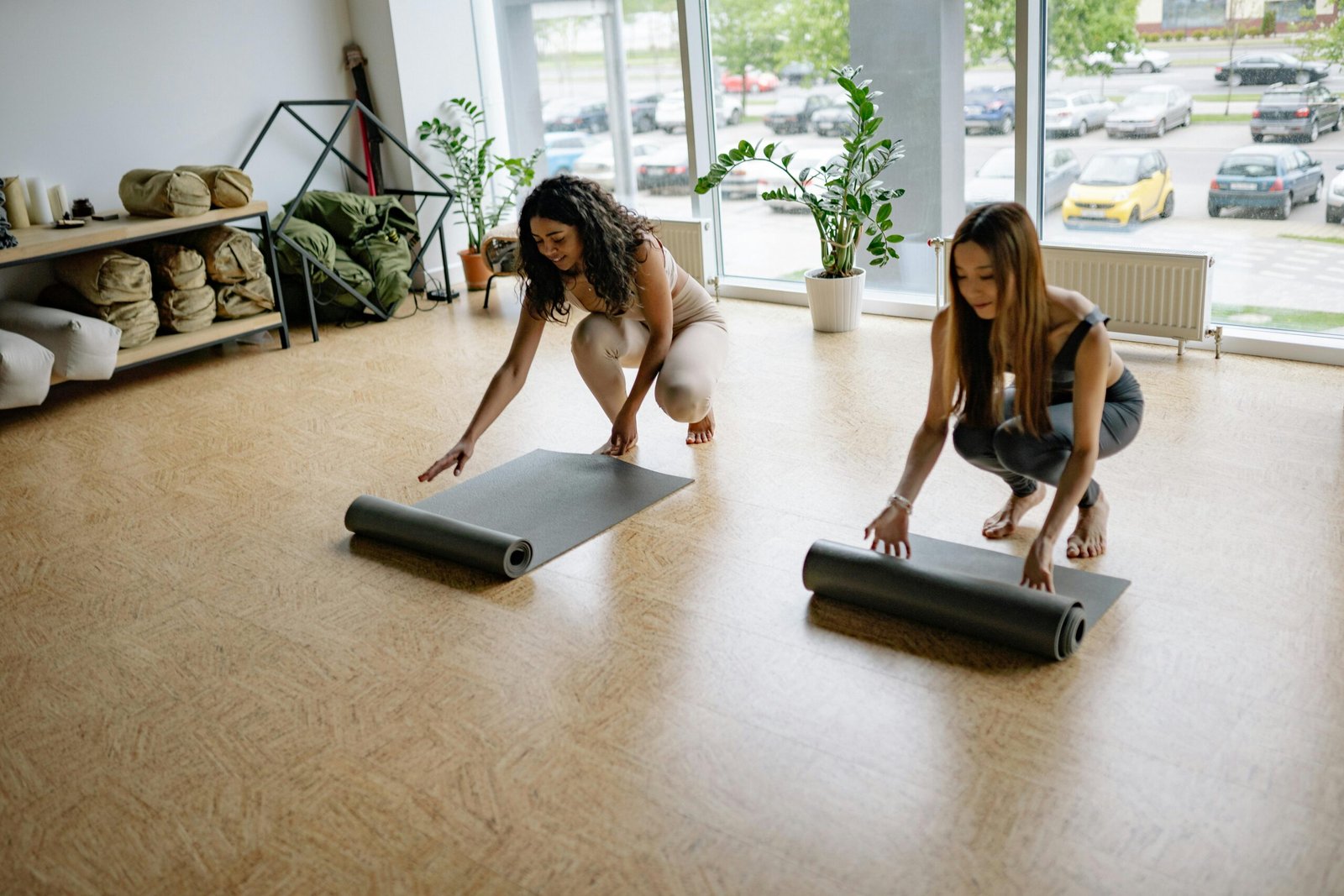
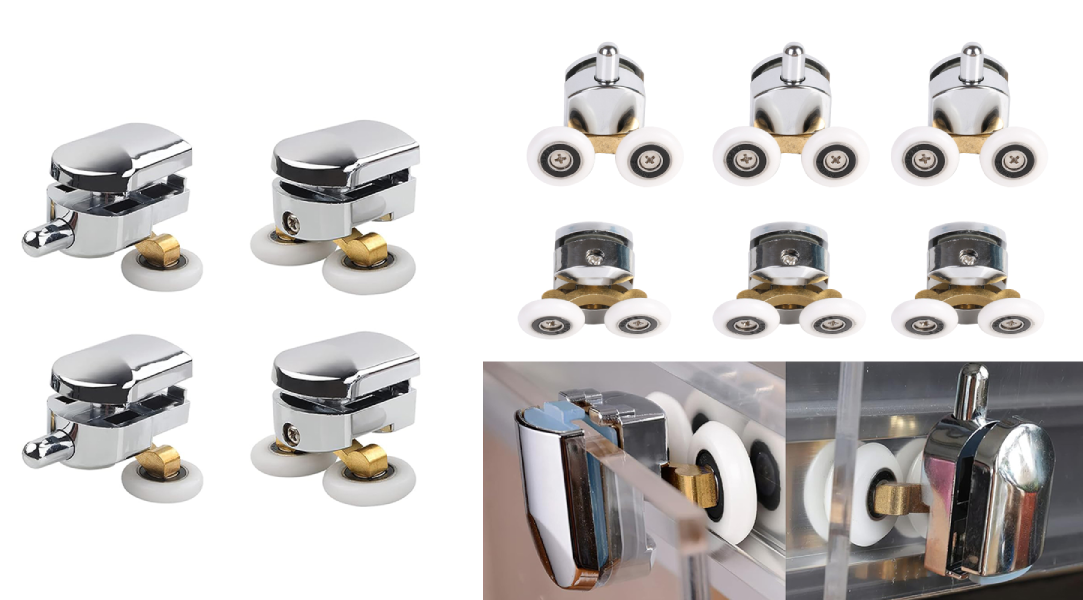
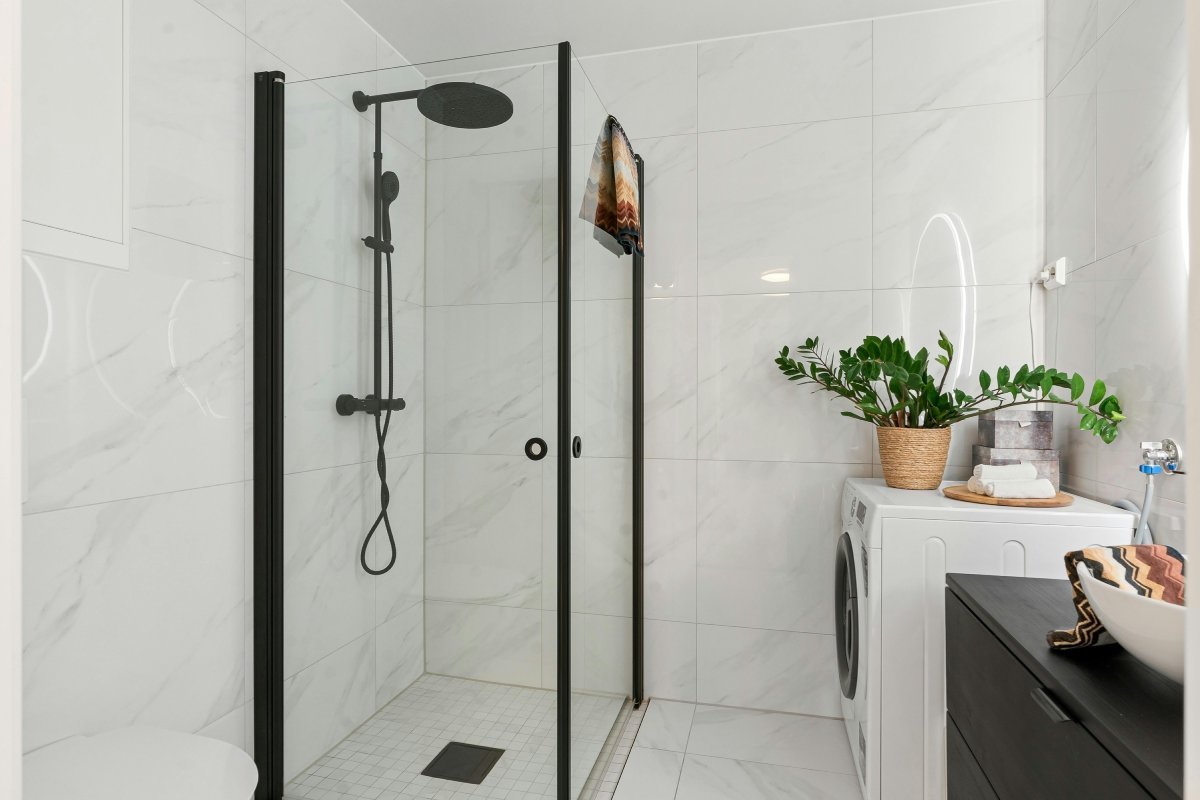
Leave a Reply